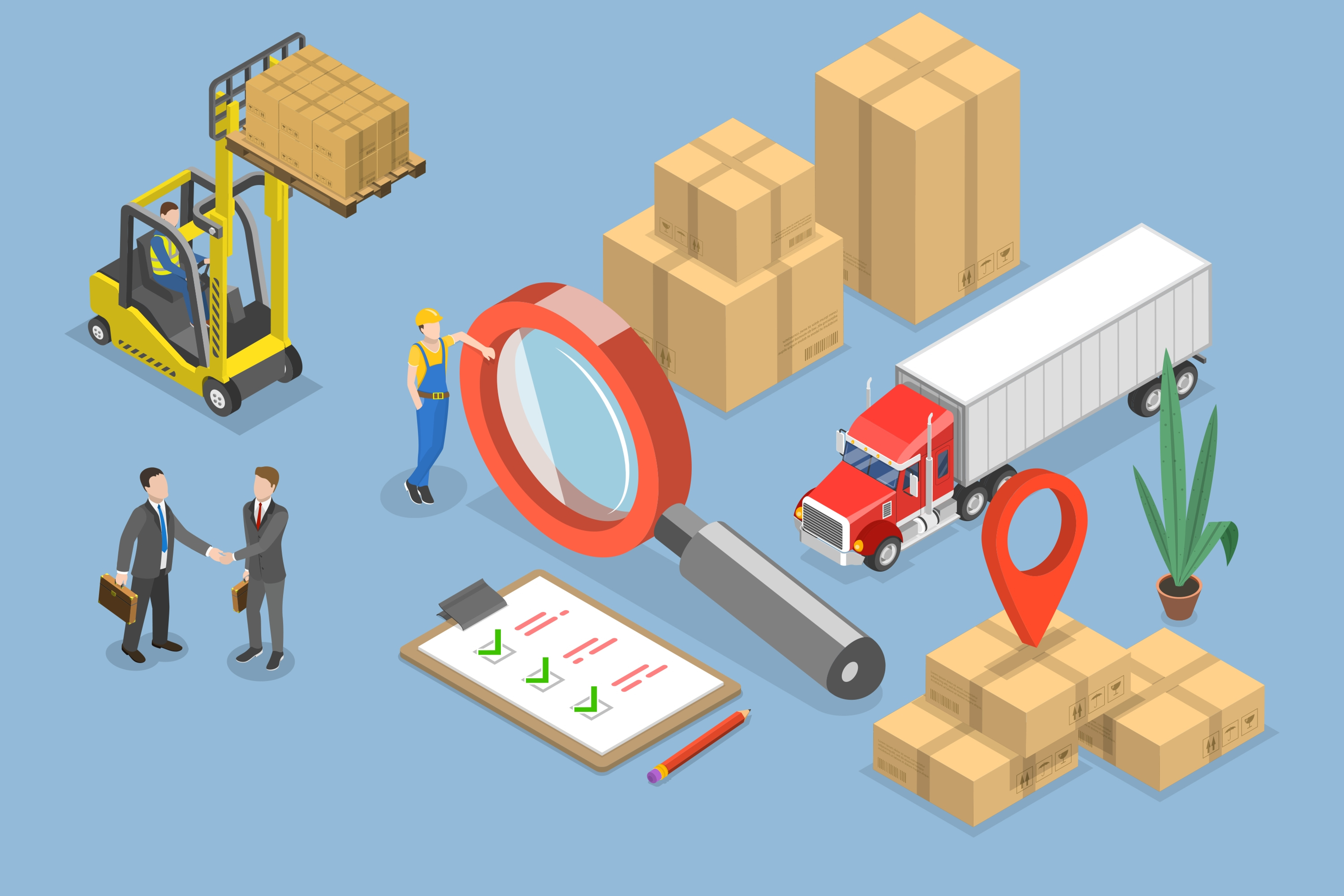
From a supply chain perspective, the COVID-19 pandemic was a teaching moment. It illuminated weaknesses in vendor sourcing and procurement. Businesses learned hard lessons about the value of cash and the necessity of redundancy. The lessons the pandemic taught were probably always on someone’s “to-do” list, but it was easy to be complacent when procurement generally worked, never mind that it was a fast-paced, multifaceted time drain. Now that the crisis has become more manageable, what have we learned about vendor sourcing and the supply chain?
We must map our supplier base
Prior to the pandemic, any companies failed to map their supplier base. Vendor mapping should go beyond making an Excel spreadsheet. Companies must carefully vet supply chain vendors and build relationships that will withstand the next crisis. It is a time-consuming, continuous process—which is why most companies fail to do it. Some may map tier-one suppliers but fail to understand tier-two suppliers and their effect on the overall supply chain.
Tier-one mapping is potentially time-consuming but not overly complex. Tier-two mapping is the challenge. Suppliers may not want to share their sources for raw materials, or just like your enterprise organization, they may not have their resources organized. Mapping suppliers is a moving target. Supplier churn, new products, M&A activity, and even new contacts can make staying current difficult.
Vendor mapping is a chance for your supply chain team to build stronger relationships that will yield real ROI in the form of reliability and potential discounts. All relationships atrophy, and COVID-19 revealed just how weak some of our supplier relationships were.
We’ve learned that “cheap” does not always equate 1:1 with “best.” In a crisis, a cheap supplier may be less willing to help a customer with a straining budget. The goal is to develop mutually beneficial relationships within an active and accurate supply chain infrastructure. It’s the only way to remain relatively unscathed during the next crisis.

Diversify the supply chain
The most obvious COVID revelation was the harsh reality of shallow supply pipelines. Inventories designed for lowest-cost, on-demand delivery created higher risk during a long-term global crisis.
To remain viable during market upheavals, companies must develop:
- Supply chain agility that requires diversifying our vendor base
- Cloud-based, real-time control and visibility with integrated systems for a more accurate — and immediate — picture of availability
- On-the-ground decision making to speed processes and workflows
Companies should reevaluate the necessity of on-site inventory in anticipation of future crises. Increasing weather events, geopolitical turmoil, and tumultuous markets all argue for flexibility in the amount of goods we keep on hand.
Ultimately, COVID taught us the value of active supply-chain management. Preparing for crisis requires a proactive approach in which “normal” is redefined as an ability to adapt quickly and efficiently.
Go against the norm
We have an opportunity, driven by necessity, to rethink how we’ve always managed the supply chain. That’s what COVID-19 taught us. Supply chain managers and business leaders must resist the temptation to conduct their workflows “the way it’s always been done.” This means going against traditional best practices to build proactive sourcing models, stronger supply chain relationships, and available, on-site inventory.
Every crisis is an opportunity. Rethinking supply chains to survive the pandemic gave us the opportunity to reevaluate old thinking. The Windsor Group Sourcing Advisory is standing by to help you understand your options and prepare for what’s next. Contact us.

